Religion
In this section religions, religious belief and many elements of religiosity are explored and discussed. Early pagan beliefs in Britain and Ireland to the worship of gods across Europe are explored as are the religious changes that monotheism introduced. How religion affects themes of power, individuality and architecture are debated as are key historical movements such as the Reformation and the crusades.
Sort by:
Date (Newest first) | Title A-Z
Show:
All |
Articles |
Podcasts |
Multipage Articles
-
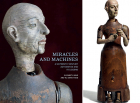
In conversation with Elizabeth King
ArticleClick to view -

Mercurial justice: a Jesuit chaplain’s view of life in the prisons of sixteenth-century Seville
ArticleClick to view -
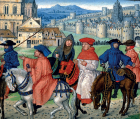
Decoding medieval pilgrimage
ArticleClick to view -
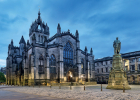
‘By his Majesties authoritie’: worship and religious policy in Caroline Britain and Ireland
ArticleClick to view -

Real Lives: Colonel James Skinner
ArticleClick to view -

The First Crusade, 1095–99
ArticleClick to view -

The Jews of Medieval England
ArticleClick to view -
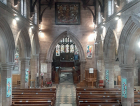
Philip Larkin: appreciating parish churches
ArticleClick to view -

Secular acts and sacred practices in the Italian Renaissance church interior
ArticleClick to view -
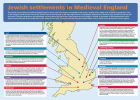
Jewish settlements in Medieval England
ArticleClick to view -

My Favourite History Place: Sawley Abbey
ArticleClick to view -

What Have Historians Been Arguing About... the impact of the English Reformation
ArticleClick to view -

The secret diaries of William Wilberforce
ArticleClick to view -
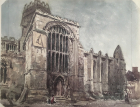
Petit’s impact on our understanding of Victorian life and culture
ArticleClick to view -

A woman of masculine bravery: the life of Brilliana, Lady Harley
ArticleClick to view -
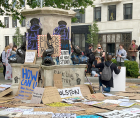
The British Empire on trial
ArticleClick to view -

What did it mean to be a city in early modern Germany?
ArticleClick to view -

Out and About in Cairo
ArticleClick to view -

The Christian Kingdoms of Nubia and Ethiopia
ArticleClick to view -

My Favourite History Place: St James Church, Gerrards Cross
ArticleClick to view

